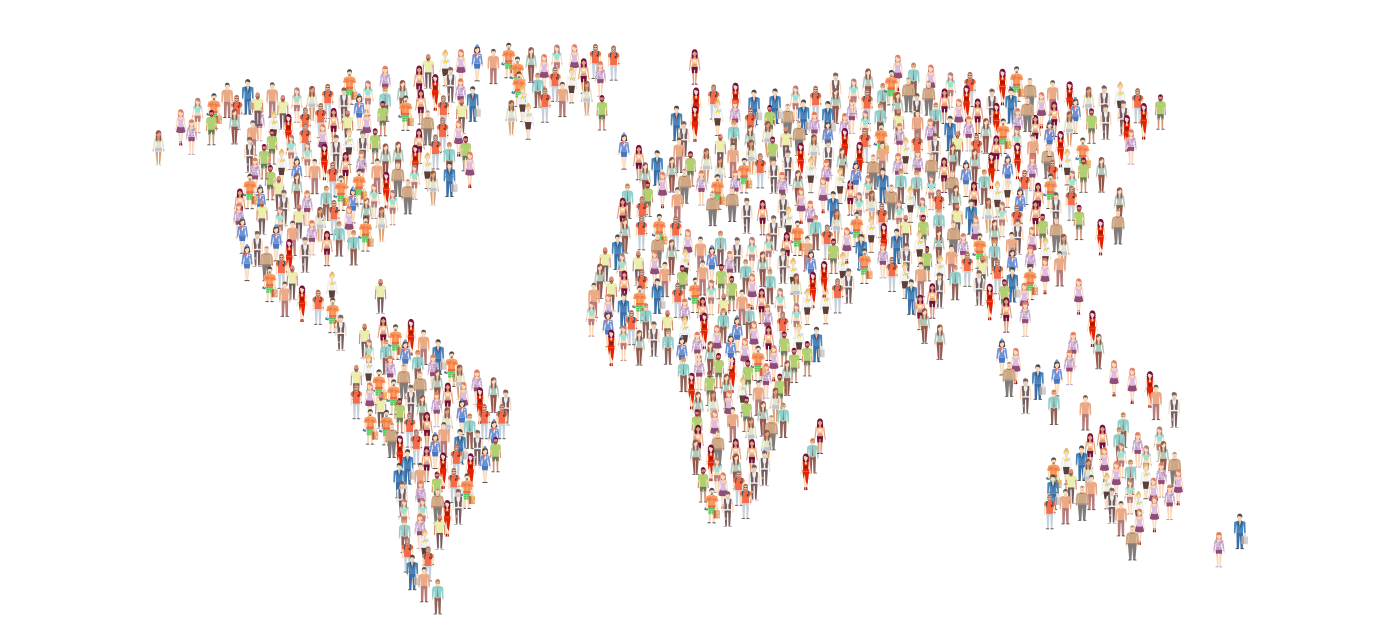A country with a low rate of population growth or decline – Japan
According to the World Bank, the population of Japan as of 2018 is at 126.5 million, including foreign residents. The population of only Japanese nationals was 124.8 million in January 2019.
Japan was the world’s tenth-most populous country as of 2018. Total population had declined by 0.8 per cent from the time of the census five years previously, the first time it had declined since the 1945 census.
Since 2010, Japan has experienced net population loss due to falling birth rates and minimal immigration, despite having one of the highest life expectancies in the world, at 85.00 years as of 2016 (it stood at 81.25 as of 2006). Using the annual estimate for October of each year, the population peaked in 2009 at 128,570,000.
Why is Japan’s population declining?
Fewer women in Japan are having babies, leading to a reduction in birth rates. There are a number of reasons for this:
- Many Japanese women work in high-tech industries
- Their careers may be affected by being a mother
- Children are becoming increasingly expensive due to increased childcare costs
- Couples and women can afford a better standard of living if they have fewer children to support
- People are putting off having children until later in life to focus on careers and enjoy a better standard of living
Significant improvements in Japan’s health care have led to people living much longer than before. However, despite this, death rates are increasing.
As you can see from the graph above, death rates in Japan are increasing. Despite improvements in medical care, Japan has an ageing population which has resulted in an increased death rate. As death rates are now higher than birth rates, the population is in decline.
What are the consequences of Japan’s ageing and declining population?
Japan’s declining population will result in a shortage of workers in the future. This will lead to reduced economic growth and the closure of some services. Industrial development may also reduce as there are fewer people available to innovate in the country’s high-tech sector.
There will also be a higher dependency ration, which means there will be fewer young people to support the ageing population. This will lead to younger people paying higher taxes to support the elderly population.
Some post-industrial towns will become derelict due there not being enough workers to support some industries.
What is being done to tackle Japan’s declining population?
Japan needs to incentivise having children and will need to attract migrants in the future. Japanese Prime Minister Shinzo Abe wants to prevent the population from dropping below 100 million by 2060. In 2017, the government announced a 2 trillion yen ($18 billion) spending package to expand free preschool for children aged 3 to 5 — and for children aged 2 and under from low-income families — and cut waiting times at daycare centres.
Related Topics
Use the images below to explore related GeoTopics.



